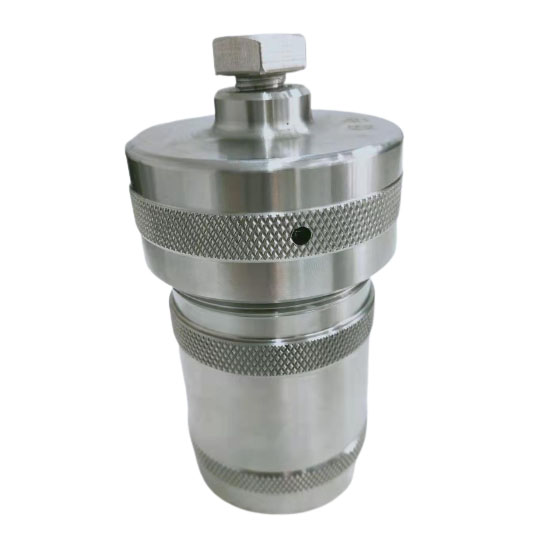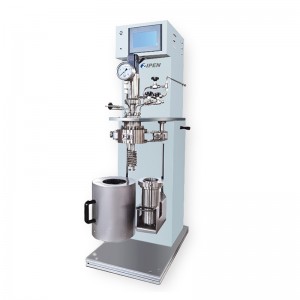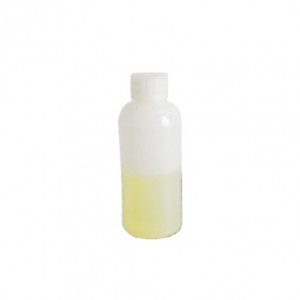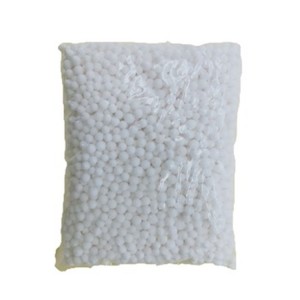Hydrothermal Synthesis Reactors
The hydrothermal synthesis reactor unit can be used to test the same group of media under different conditions or the different group of media under same conditions.
The hydrothermal synthesis reactor unit is composed of cabinet body, rotating system, heating system and control system. The cabinet body is made of stainless steel. The rotating system consists of motor, gear box and rotary support. The control system mainly controls the cabinet temperature and rotating speed. The hydrothermal synthesis reactor unit used multiple hydrothermal synthesis reactor vessels to test the same group of media under different conditions or the different group of media under same conditions. Due to the rotating shaft, the medium in the reactor vessel is fully stirred, so the reaction speed is fast and the reaction is fully and thoroughly, which is better than the simple thermostatic effect.
What's the features of the stainless steel hydrothermal synthesis reactor unit?
Features
1. Motor Speed: 0-70r/min, Variable frequency.
2. Tank Volume: 10-1000mll.
3. Max. temperature: 300℃.
4. Tank material: 316 stainless steel.
5. Programmed temperature control; Side control box.
This is the most ideal device for chemical reactions under high temperature and high pressure.
Target customers
Laboratories in universities, research institutes, corporate.
What is the Stainless Steel Hydrothermal Synthesis Reactor Unit used for?
Catalytic reaction, polymerization reaction, supercritical reaction, high-temperature and high-pressure synthesis, hydrogenation reaction, hydrometallurgy, esterification reaction, perfume synthesis, slurry reaction Pentafluoroethyl iodide synthesis, ethylene oligomerization, hydrodesulfurization, hydrodenitrogenation, oxide hydrogenolysis, hydrodemetalization, unsaturated hydrocarbon hydrogenation, petroleum hydrocracking, olefin oxidation, aldehyde oxidation, liquid phase oxidation Impurity removal, catalytic coal liquefaction, rubber synthesis, lactic acid polymerization, n-butene isomerization reaction, hydrogen reaction, polyester synthesis reaction, p-xylene oxidation reaction.
Our advantage of stainless-steel hydrothermal synthesis reactor unit?
1. The reactor is made of stainless-steel with high corrosion resistance for low maintenance cost.
2. Different vessels are available.
3. Perfect for experiments in universities, research institutes, corporates.










